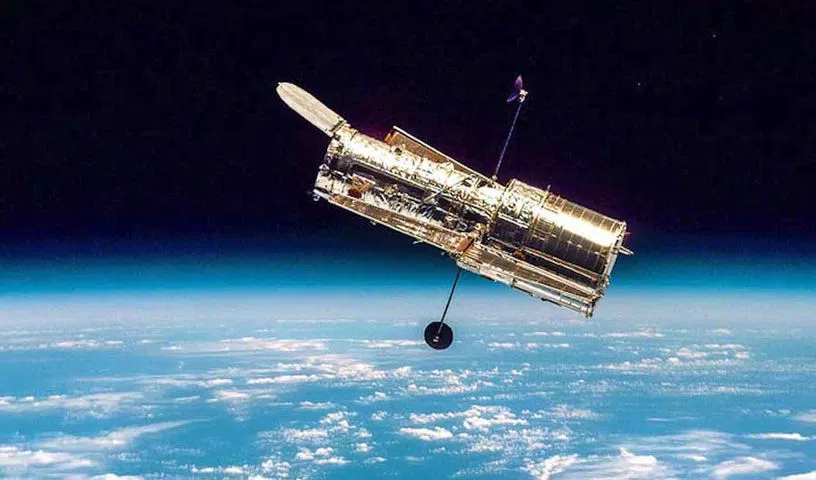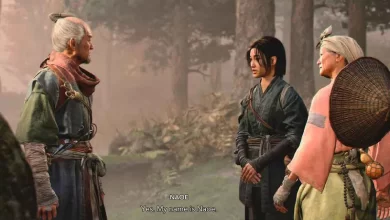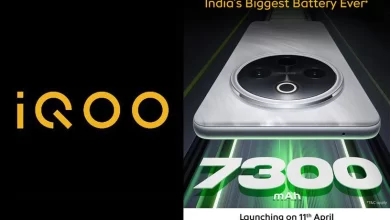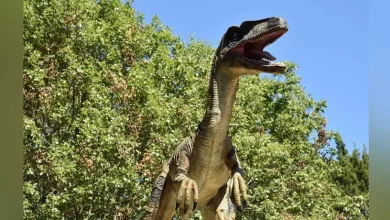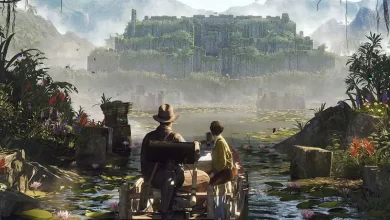Astronomers believe that our solar system once created a shadow like this
Hyderabad: Shadows on the Earth can be mysterious and ominous, but when they occur in space, they convey a lot of information.
From the debris ring of dust, rock, and ice, which is too distant to be seen, NASA’s Hubble Space Telescope captured the shadow cast by a fledgling star’s brilliant light. The star is named HBC 672 in the Serpens Nebula, nearly 1,300 light-years away.
The shadow is projected large upon the cloud in which the Sun-like star was born. In this Hubble image, the feature — nicknamed the ‘Bat Shadow’ — spans approximately 200 times the length of our solar system.
Astronomers believe that the solar system once created a shadow like this. The presence of a shadow means that the disk is being viewed nearly edge-on. This is something that could not otherwise be known because of the disk’s great distance from us, which makes it too small to be seen by Hubble.
The disk’s shadow is similar to what is produced by a cylindrical lampshade. Light escapes from the top and bottom of the shade, but along its circumference, dark cones of shadow form.
Although the disk that gives rise to the shadow is a common object around young stars, the combination of an edge-on viewing angle and the surrounding nebula is rare.
Scientists can use the shadow to figure out the shape of the disk. For example, they now know that the disk is puffy, which implies that it is full of gas. While most of the shadow is completely opaque, scientists can look for colour differences along its edges, where some light gets through. They can use the shape and colour of the shadow to determine the size and composition of dust grains suspended in the disk.
These shadows are not easily seen in visible light, but the stellar disks and the shadows they project onto the surrounding nebula can be easily detected in infrared light, say astronomers.
This infrared Bat Shadow reveals properties of both the small, dusty disk and the much larger nebula.
The Hubble Space Telescope is a project of international cooperation between NASA and ESA (European Space Agency). NASA’s Goddard Space Flight Center in Greenbelt, Maryland, manages the telescope.

